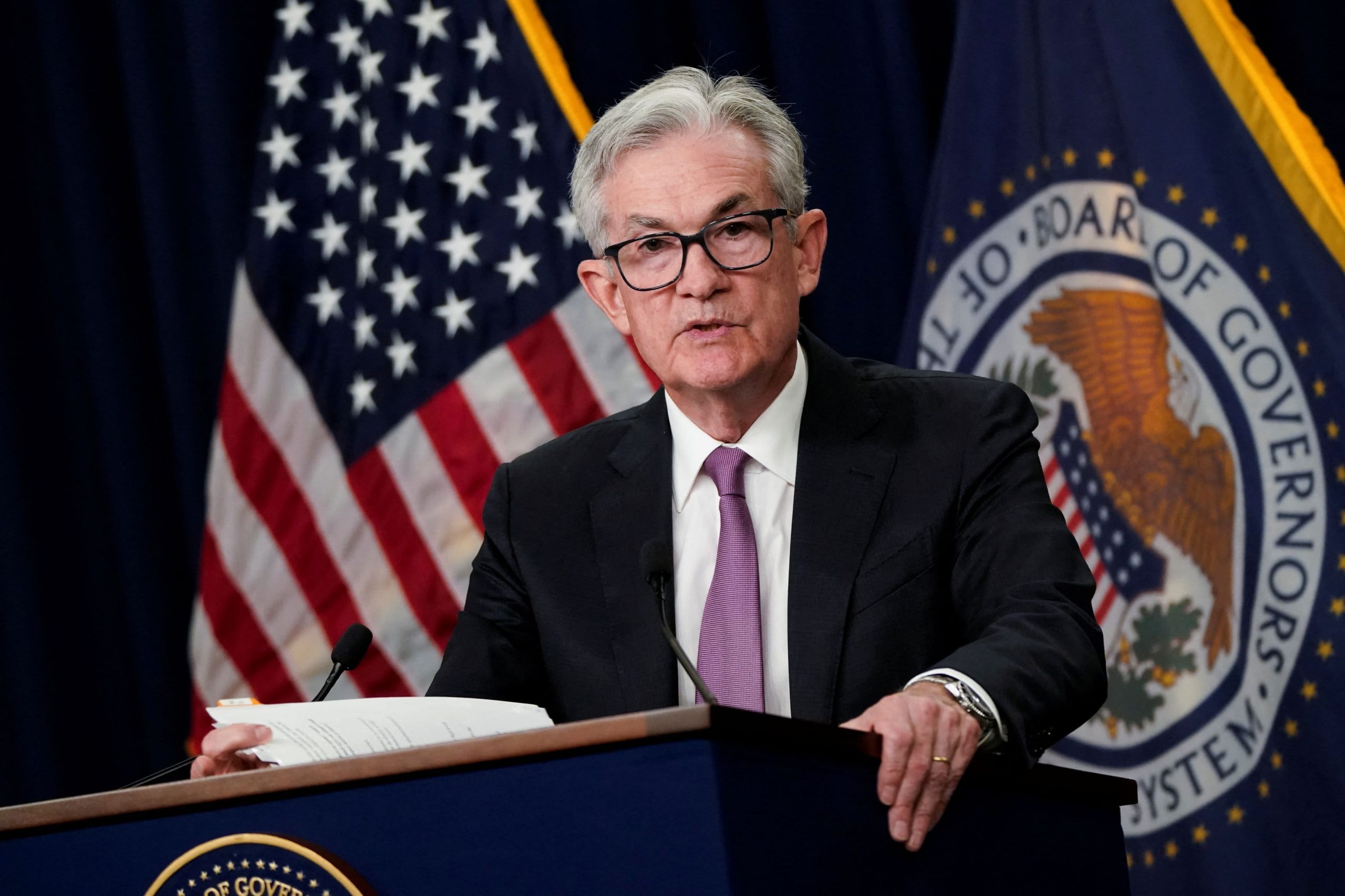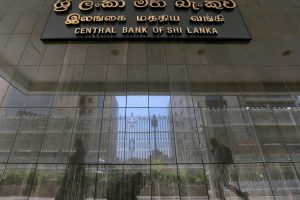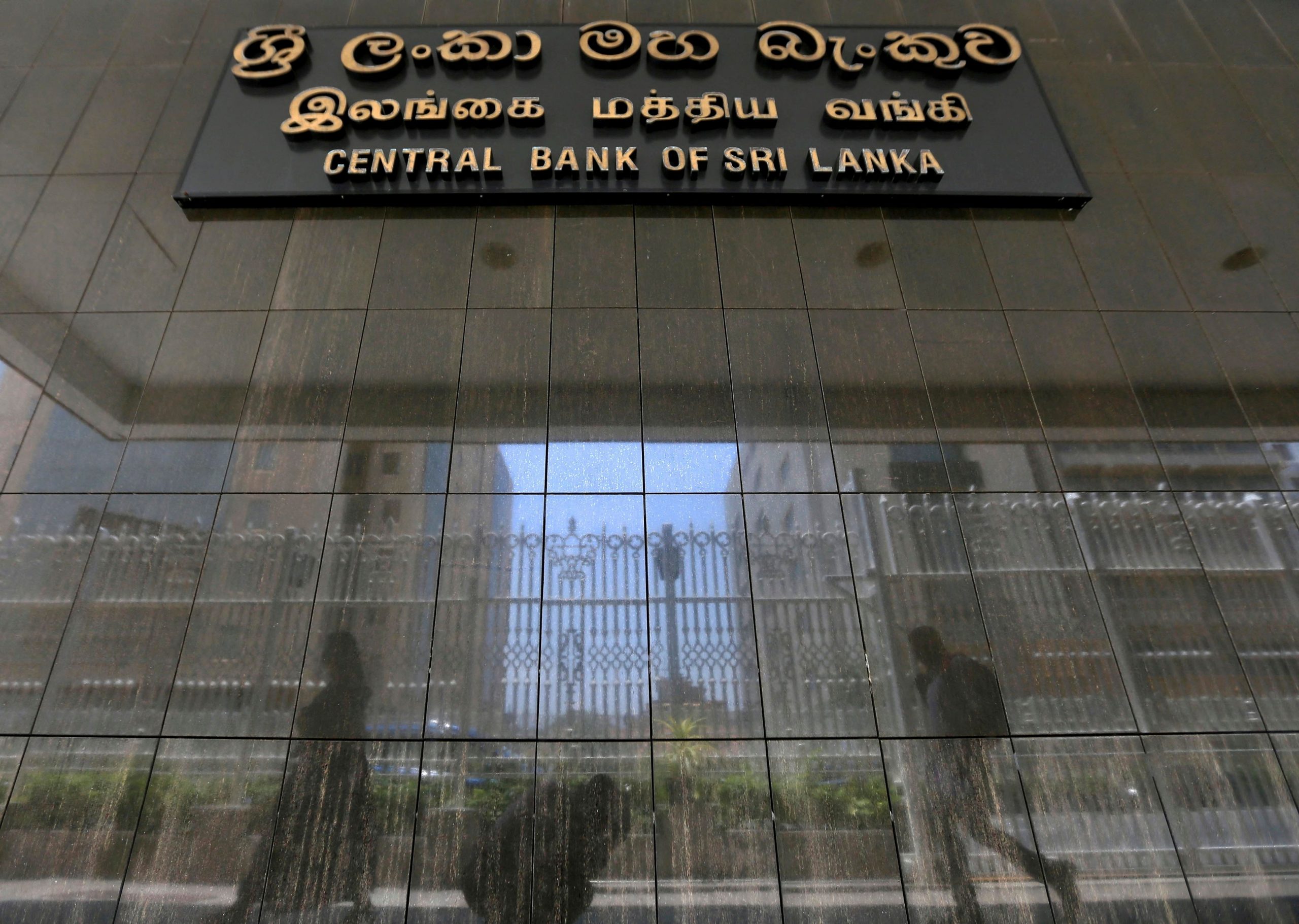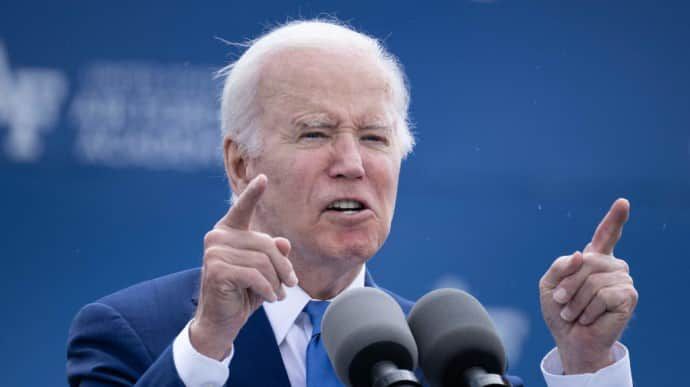Introduction
The eagerly anticipated May jobs report, scheduled for release on Friday, is expected to reveal a slowdown in job growth compared to the previous month. As Wall Street awaits the release of this crucial economic data, analysts and investors are speculating on its potential impact on the Federal Reserve’s decision regarding interest rates at its upcoming June meeting. The report’s findings could shed light on the state of the labor market and provide insights into the overall health of the US economy. This article aims to analyze the key numbers and discuss the implications for monetary policy and financial markets.
Jobs Report Expectations
According to data from Bloomberg, economists forecast that nonfarm payrolls for May will increase by 195,000, signaling a decline from the 253,000 jobs added in April. Simultaneously, the unemployment rate is projected to tick up slightly to 3.5%, compared to the previous month’s rate of 3.4%. Other important indicators to watch include average hourly earnings, both on a monthly and yearly basis, which are anticipated to rise by 0.3% and 4.4% respectively. The average weekly hours worked are expected to remain stable at 34.4.

Context and Market Sentiment
The May jobs report arrives amidst a backdrop of robust economic data, leading some economists to speculate about the possibility of an interest rate hike by the Federal Reserve in June. Upward revisions to first-quarter economic growth, an increase in job openings in April, and persistently high inflation have all influenced market sentiment leading up to this report. Federal Reserve Chair Jerome Powell has acknowledged the tight labor market but has also noted signs of supply and demand balancing out. However, recent jobs-related data, such as the May report by ADP showing higher-than-expected job additions, suggests a labor market that may still be too tight.
Implications for the Federal Reserve
The Federal Reserve closely monitors employment data when formulating its monetary policy decisions. The May jobs report will be scrutinized to assess whether it aligns with the Fed’s goal of maintaining a balanced labor market. Citi economists believe that with historically low unemployment rates, the report is likely to reinforce the notion of a labor market that remains overly tight. Consequently, they suggest the Fed may view the report as consistent with the need for an interest rate hike. Citi’s economics team even suggests the possibility of rate hikes in both June and July if the nonfarm payroll number exceeds 200,000 additions.
Market Reaction and Investor Considerations
Investors are eagerly awaiting the release of the jobs report as it will provide crucial insights into the Fed’s potential actions and subsequent implications for financial markets. The report’s impact on stocks and other asset classes will largely depend on how it aligns with market expectations. Should the report indicate weaker job growth than anticipated, it may result in market reassessment and potentially dampen expectations of a near-term interest rate hike. Conversely, stronger-than-expected job additions could lead to increased market volatility and heighten the probability of a rate hike.
Consideration of Wage Growth and Inflation
While nonfarm payrolls are often the headline figure to watch, wage growth is equally significant in assessing the overall strength of the labor market and consumer spending potential. The report’s findings on average hourly earnings will be closely examined to gauge whether wage growth is keeping pace with inflation. With concerns over sticky inflation, the ability of consumers to navigate rising prices will be a crucial factor in sustaining economic growth.
Conclusion
The release of the May jobs report holds significant implications for the Federal Reserve’s decision on interest rates at its upcoming June meeting. The expected slowdown in job growth compared to the previous month raises questions about the state of the labor market and the overall trajectory of the US economy. While market expectations and sentiment currently suggest the possibility of an interest rate hike, the actual report’s findings will be instrumental in determining the Fed’s course of action. Investors will closely analyze the report to assess its impact on financial markets, with particular attention to wage growth and inflation. Ultimately, the May jobs report will shape market sentiment and provide insights into the future direction of monetary policy.
©traders-news.online










